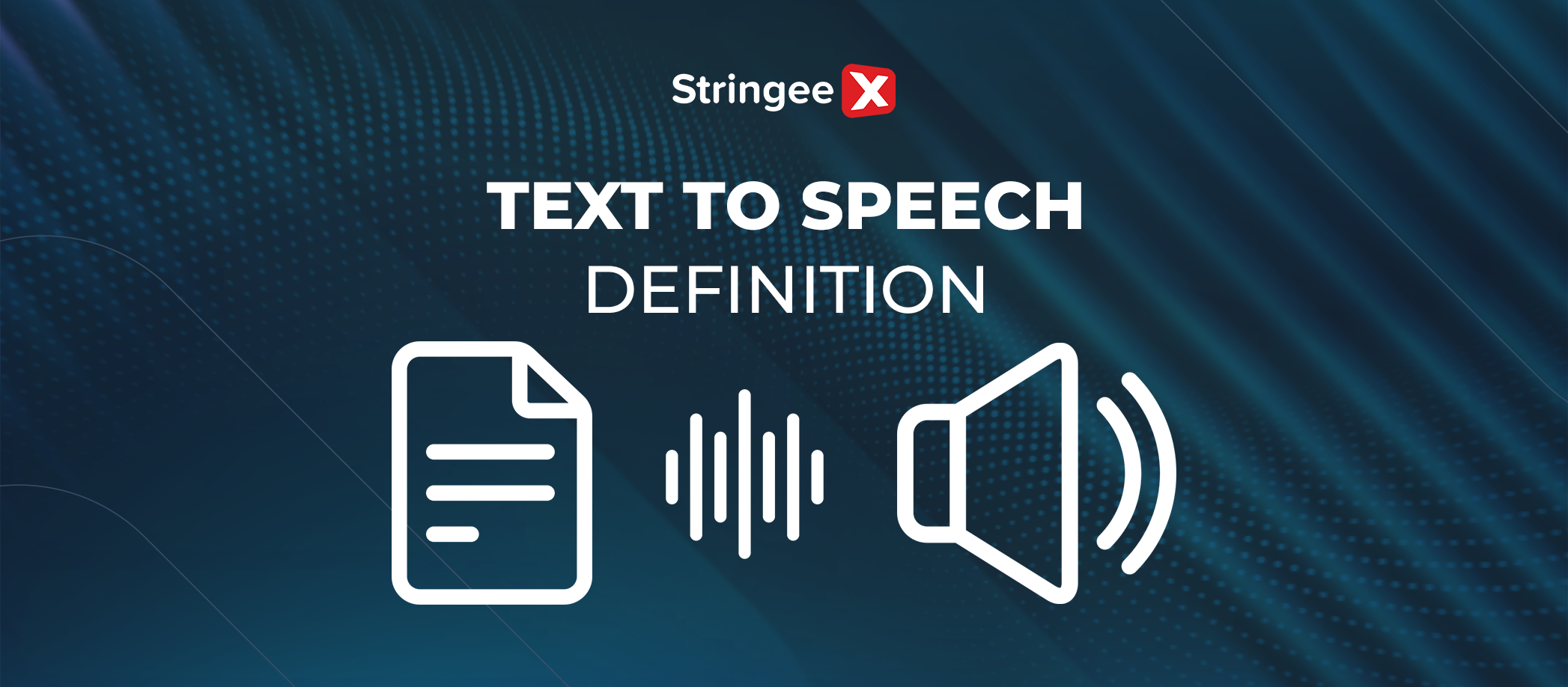How long will the callers wait before they hang up?
Although there are many customer databases available, administrators still have with understanding and interpreting the data to help them make the right business decisions.
For many businesses, customer wait time is one of the important factors of quality. Standby time, or average response rate, shows the company’s staff organization and operator management skill level. Looking at this survey by AT&T: it showed that an average customer hangs up after waiting for 90 seconds to get answered. Meanwhile, those who listen to music wait first for 30 seconds, then hang up the phone within 15 seconds if they continue listening to the music while on hold. In addition, according to Voice Response Inc., up to 34% of dropped callers never call back again.
To understand the various factors that affect the latency in the business, we have compared various timeouts across industries.
A total of 1,400 customers, were involved in this study of the database. To further clarify this issue, we surveyed two customers involved in a company with completely different business models. The first customer is from an online business where calling customer service is primarily for technical and software questions. The second customer is from a service provider company. The goal of this study is to analyze the impact of the service offered in the waiting time of the customer and what they are expected to achieve during the wait.
It is worth mentioning that the definition of current waiting time is the time the call is placed in the queue including the ringing and ends when the operator answers. If the customer is queued in too many times and the result is a missed call or is transferred to another communication channel, the waiting time will still be added in the total time since the customer was in the queue in all cases. The time a customer waits in an IVR system or in Voice Mail is not included in this calculation.
Average wait time

In the study, the team surveyed one of StringeeX's online commercial business customers based on timeout criteria. Their customers wait an average of about 7 minutes until the agent answers the call. The waiting time of the aforementioned business is 5 times higher than that of the entire StringeeX.
Online businesses:

To better understand this criterion, we have chosen a service company to compare more about the latency in their company. Customers using the service had the ability to strictly control how they are in the queue. On average, callers wait less than a minute and missed rates are lower than StringeeX's global KPIs.
Service company:

In fact, waiting time is a core measure of the business capabilities of the operator. While average waiting times may vary across industries, there are a number of factors that contribute to reducing queue time and to improve the quality of service you can optimize as much as possible towards success.










